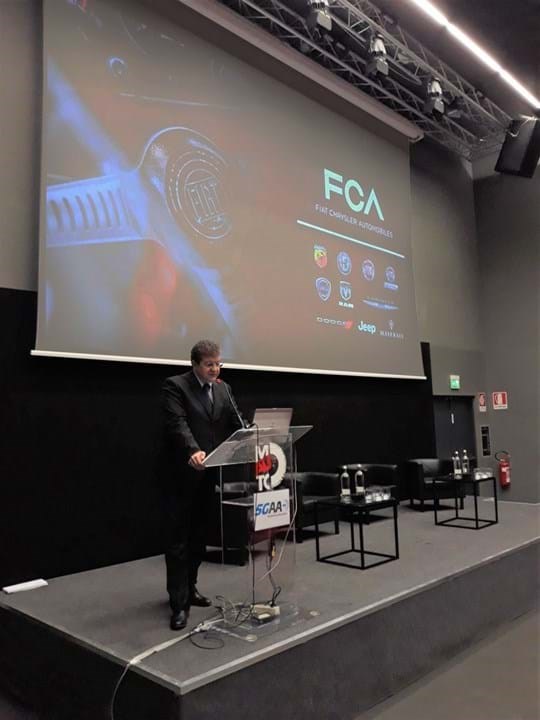How will 5G help drivers?
Modern technology and solutions that are based on it may soon prove to be a huge support for drivers.
5G technology is most often associated with the use of mobile devices. The first smartphones supporting this solution are already available on the market, the infrastructure providing access to it is also being developed. 5G is not only a faster connection to the Internet, but definitely higher bandwidth, which can be beneficial when many people use the network in a small space (e.g. at concerts).
Car manufacturers are also beginning to recognize the potential of the 5th generation networks. At a recently organized 5G Automotive Association conference, the FCA group together with other members of this association presented solutions that may soon become everyday life. The Unconnect platform will be the basis for their functioning.
- The Unconnect ecosystem developed by FCA will in the future use 5G technology in other ways than those presented at the Turin conference. We are convinced that this technology will help change the future of mobility while revolutionizing the current perception of cars. When 5G technology becomes an international standard and is accompanied by the development of infrastructure, both producers and consumers will be able to take advantage of the enormity of its opportunities - said Gilberto Ceresa, global communications team leader and IT director for regions of Europe, Middle East and Africa (EMEA) and Latin America (LATAM) at Fiat Chrysler Automobiles.

FCA and Harman (Samsung) presented two examples of the use of C-V2V (Cellular Vehicle to Vehicle) technology - communication of vehicles with other vehicles via the cellular network. The first is the Forward Collision Warning (FCW) system and Intersection Movement Assist (IMA - information about vehicles approaching the intersection). The second one is Intersection Movement Assist (IMA - information about vehicles approaching the intersection). The FCW system detects potential frontal collision hazards and warns the driver accordingly. By exchanging data from sensors in cars that are located nearby, this technology can reduce the risk of accidents, e.g. at intersections. In contrast, IMA helps drivers move at intersections, reducing the risk of side collisions.
Another technology presented is Cellular Vehicle-to-Everything (C-V2X). It allows vehicles to communicate with each other, as well as with other road users and infrastructure. It works even in areas not covered by the mobile network, allowing the exchange of time-sensitive and critical information. In this case, two examples of solutions based on this technology are also presented. The Stationary Vehicle Warning (SVW) function is activated when the hazard warning lights are on. Then a warning message is sent to all vehicles in the vicinity before it is visible. In the event of emergency braking, the Emergency Electronic Brake Light Warning (EEBL) function alerts all nearby vehicles of a potentially hazardous situation.
This is not all. Daylight also saw the "See Through" system, which allows real-time exchange of recorded image between vehicles via C-V2V communication. As a result, the driver's field of vision increases even in situations of limited visibility. This technology aims to prevent accidents, especially those that occur during an overtaking maneuver.
This is just the beginning
5G technology and the solutions that follow it are in the early stages of development. There is no doubt that other manufacturers will also follow this trend and, following in the footsteps of FCA, will also boast of their ideas for using a modern network. All that remains is to wait impatiently for the moment when the 5G network and the presented solutions will become everyday life.



